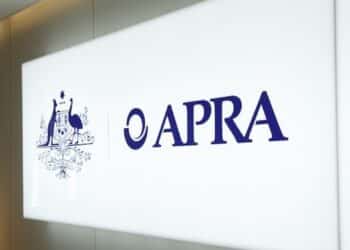According to the 2018 Global Market Outlook report by State Street Global Advisors, improvements in growth around the world will see the global growth rate lift to “its historic trend growth level” of 3.7 per cent for the first time since 2011.
“The slow but steady improvement in global growth, coupled with modest inflation, provides the kind of macro environment that can continue to lift markets higher,” said SSGA global chief investment officer Rick Lacaille.
“Valuations, although extended in some sectors, remain below fair value at current interest rate levels.”
The report indicated improvements in both developed and emerging economies such as Brazil, Russia, India and China had supported the “historic trend growth level”.
Geopolitical risks would hang over investors in the coming year, but State Street would maintain a “general risk-on positioning” and expected to see further earnings potential in equities.
“We have a balanced overweight to global equities, which continue to benefit from the synchronised recovery of earnings growth, with the largest exposure developed markets outside the US where valuations look most favourable,” the report said.
“We have smaller overweight positions in US and emerging market equities.
“But given the late-cycle environment, we recommend that investors take a risk-aware approach, being selective about sectors and going further down the cap structure.”
Developing markets were earmarked as an area of opportunity for potential returns, with Japan and China singled out in particular.
“Japan is particularly attractive thanks to relatively low interest rates, improving corporate governance and a weaker currency, enabling Japanese companies to deliver strong earnings.”
2018, or the ‘year of the dog’ according to the lunar calendar, would be a “pivotal one for China”, the report stated.
“We think the fearmongering over China’s debt has been overstated and 2018 could offer an attractive entry point for long-term investors, provided political stability is maintained,” it said.
“Consumer spending among the 100 million-plus (and rising) middle class – higher now than in the US – is accelerating.”
Despite China’s level of debt, which had reached 257 per cent by year’s end in 2016, it seemed the ruling party would begin “de-leveraging by reducing industrial overcapacity and housing stock”.
“The rate of overall credit expansion has already begun to slow and the gap between credit expansion and nominal GDP growth has narrowed,” the report said.
“We believe China’s significant contribution to global growth is likely to surprise to the upside in the next 12 months.”
China’s growth would experience a “modest deceleration” in 2018 of 6.4 per cent from 6.8 per cent, the report added.
On more domestic terms, the predicted growth of the Australian economy for 2018 was 2.4 per cent, with a predicted inflation rate of 2.3 per cent, the report showed.
“For 2018, we expect rate hikes in the US, the UK, Canada and Australia,” it said.







